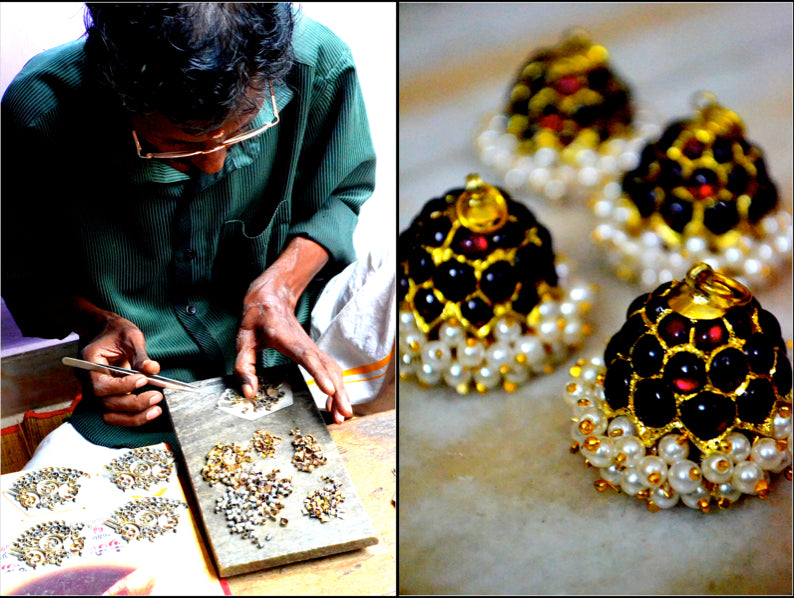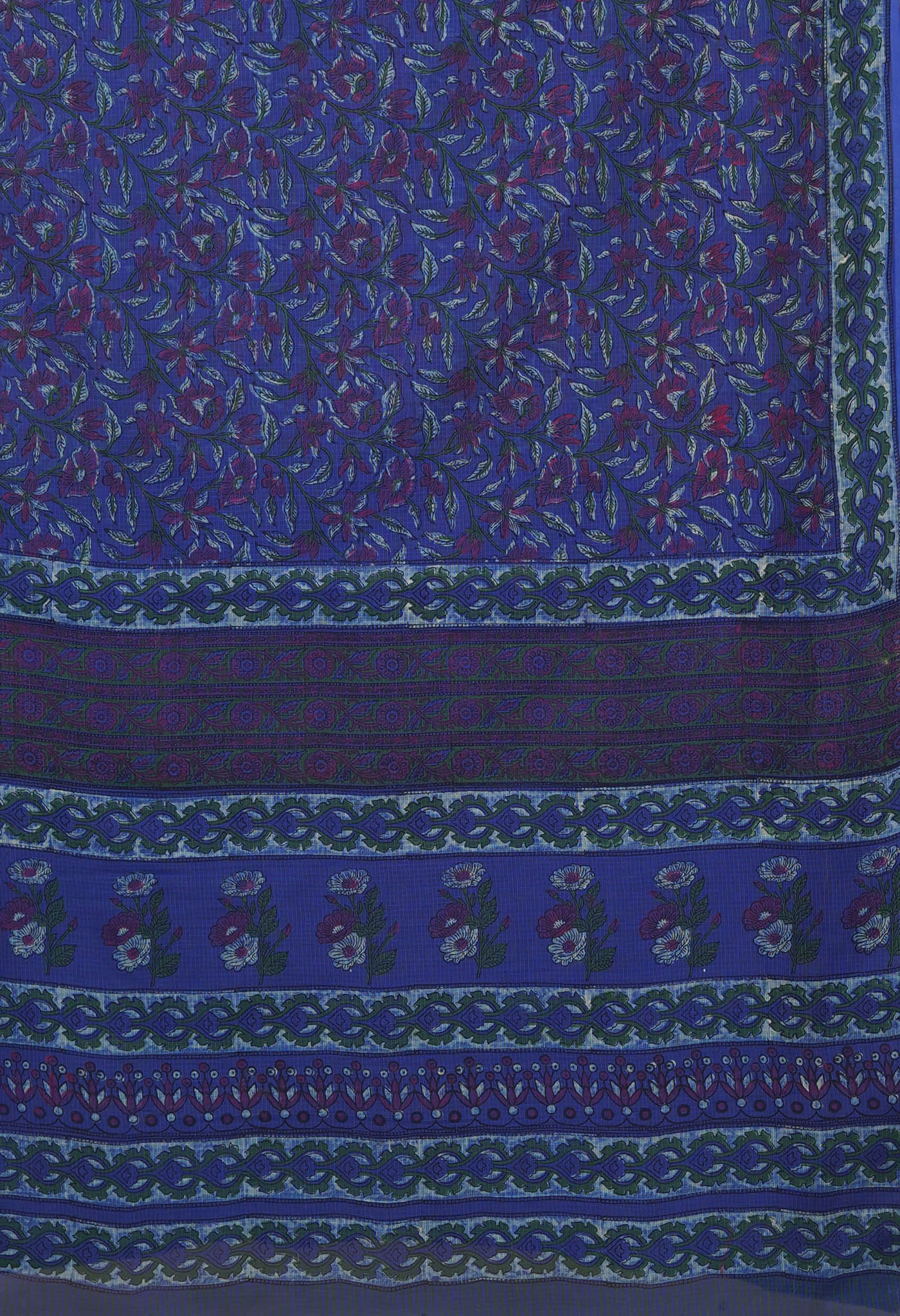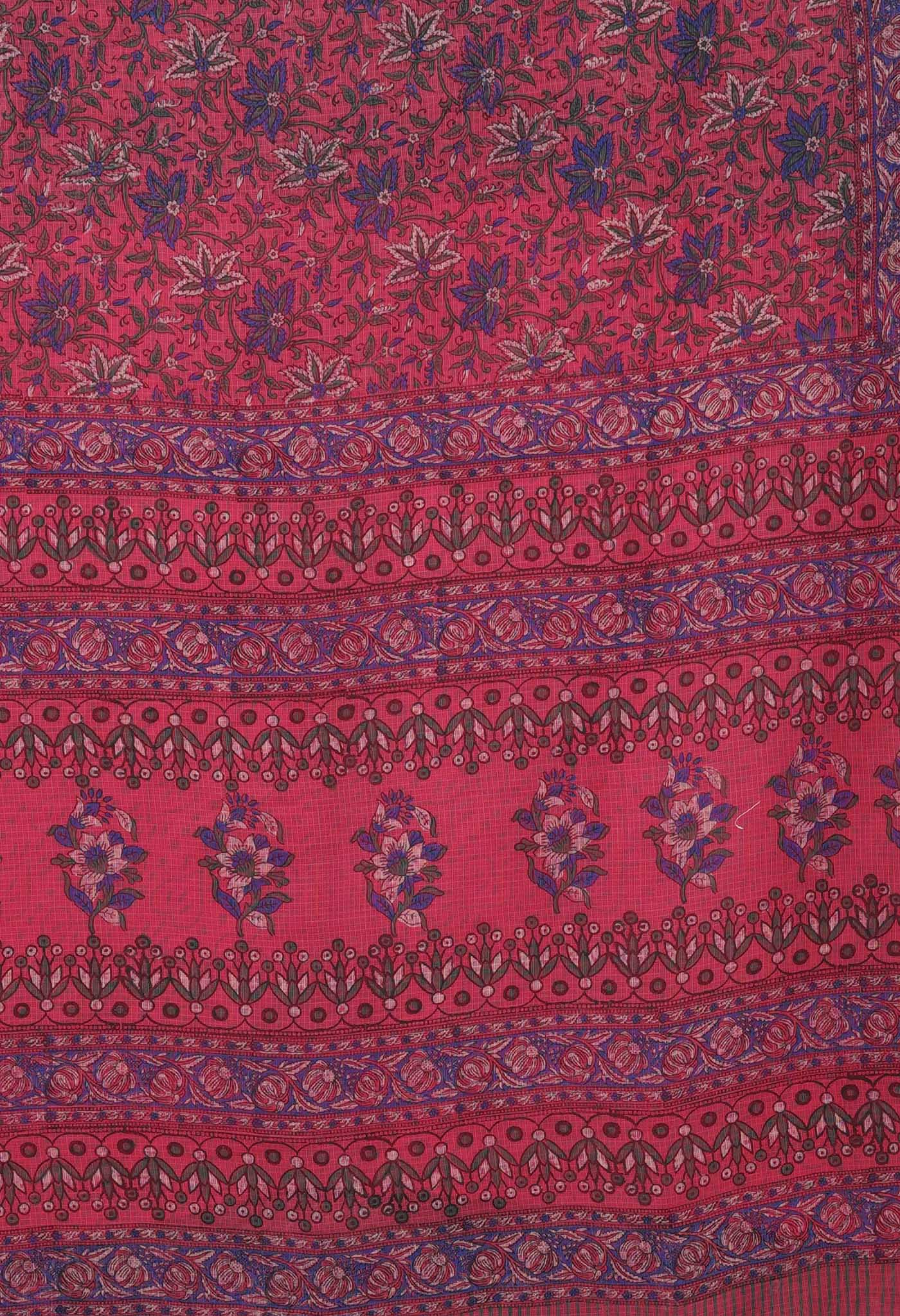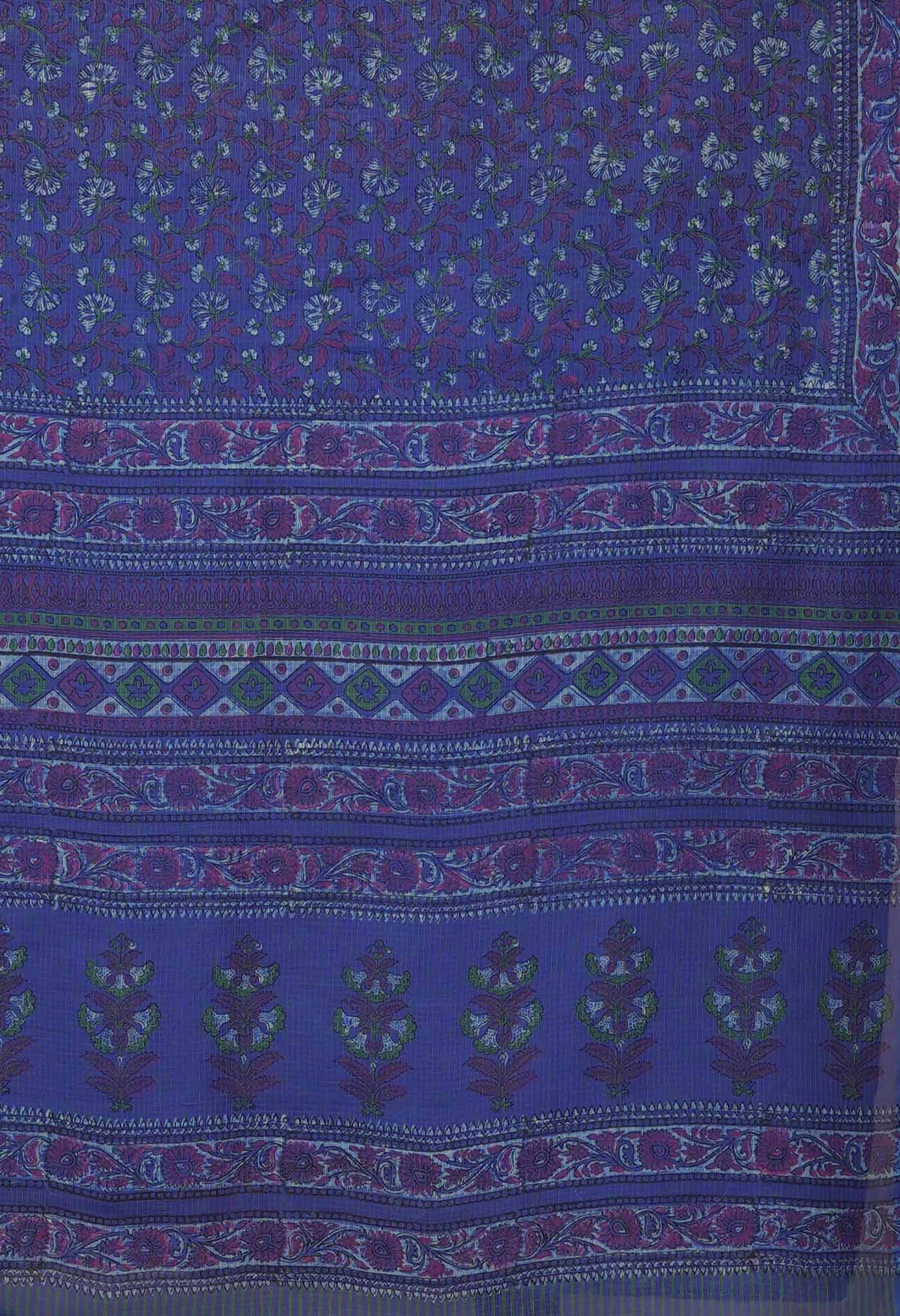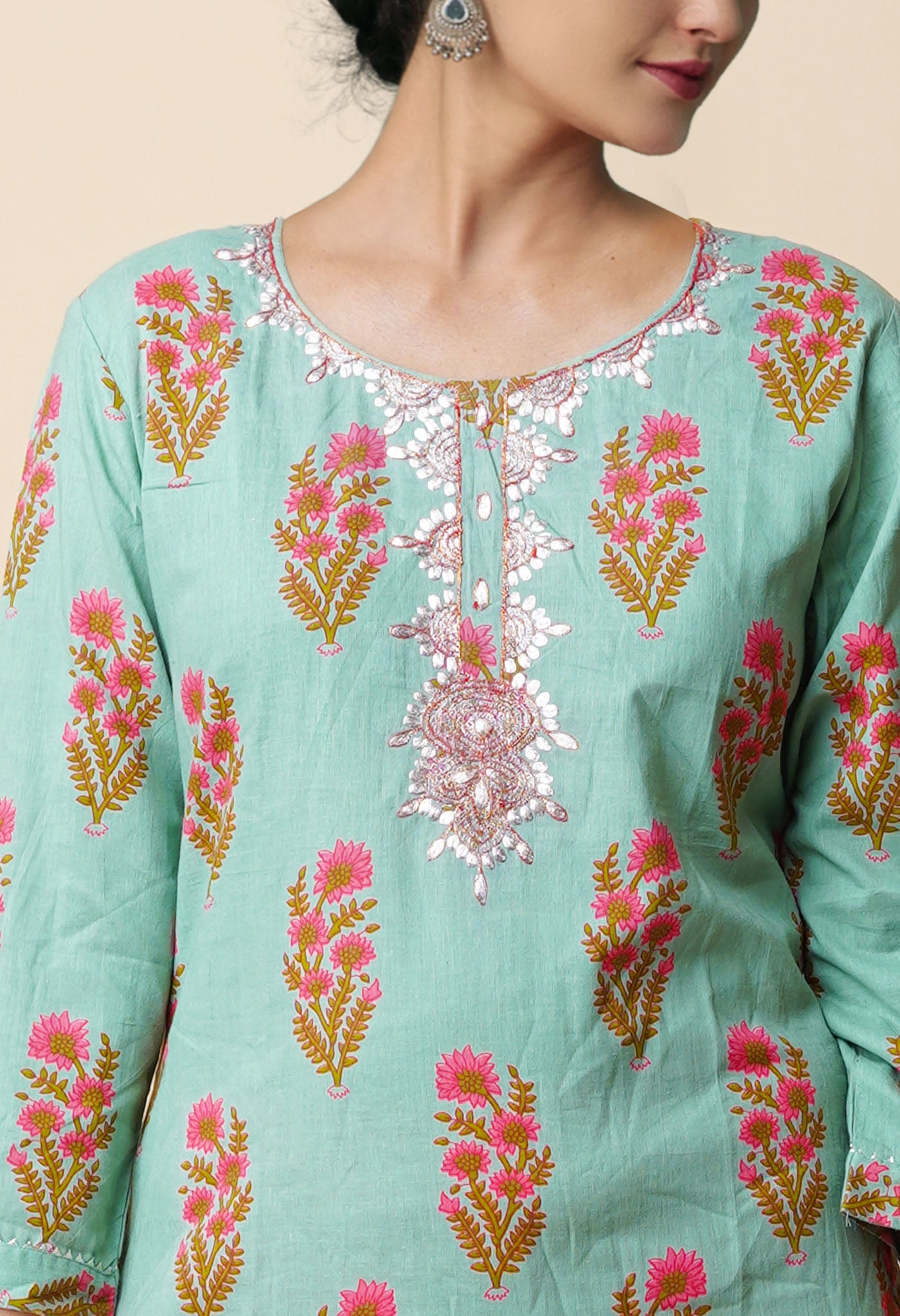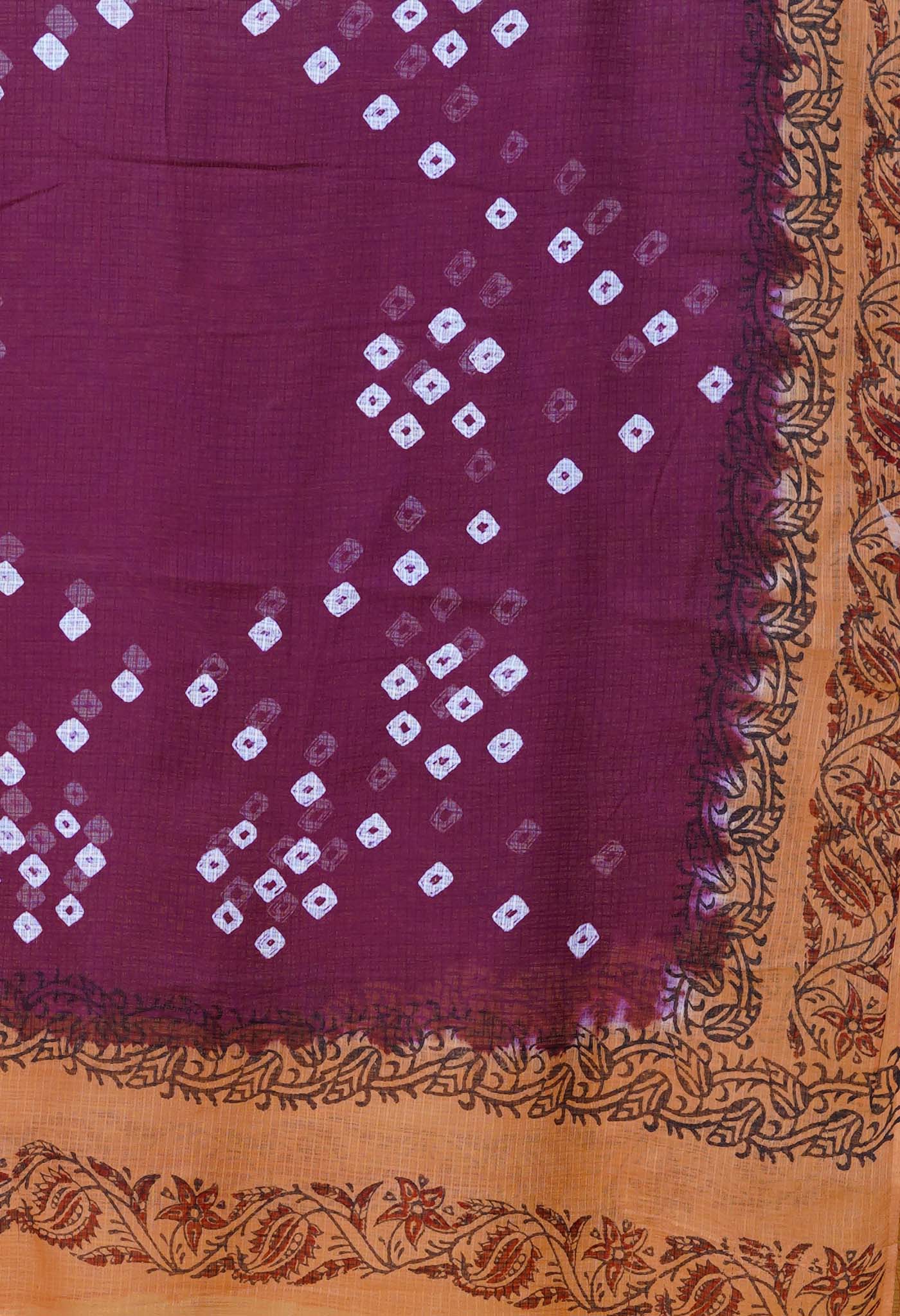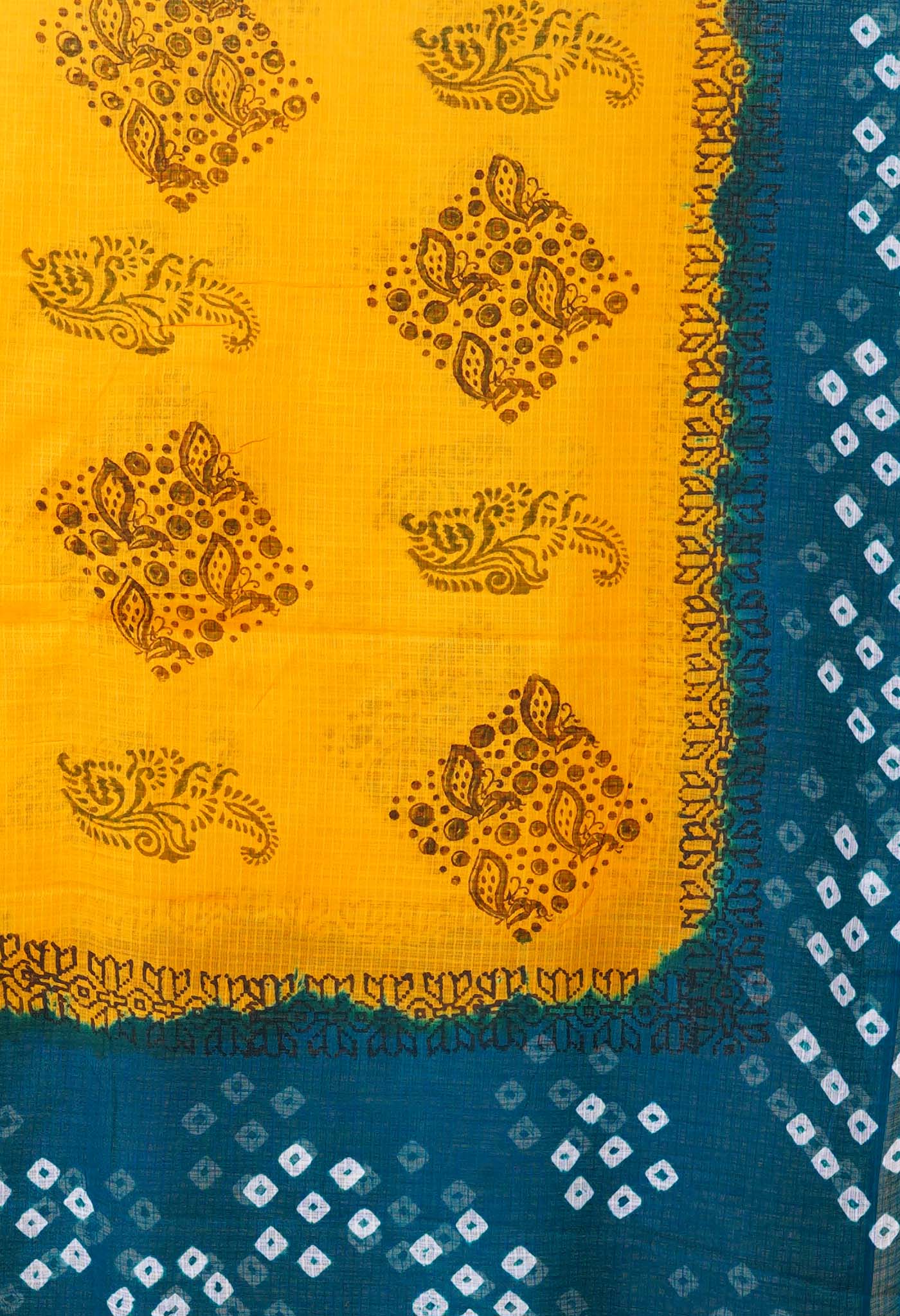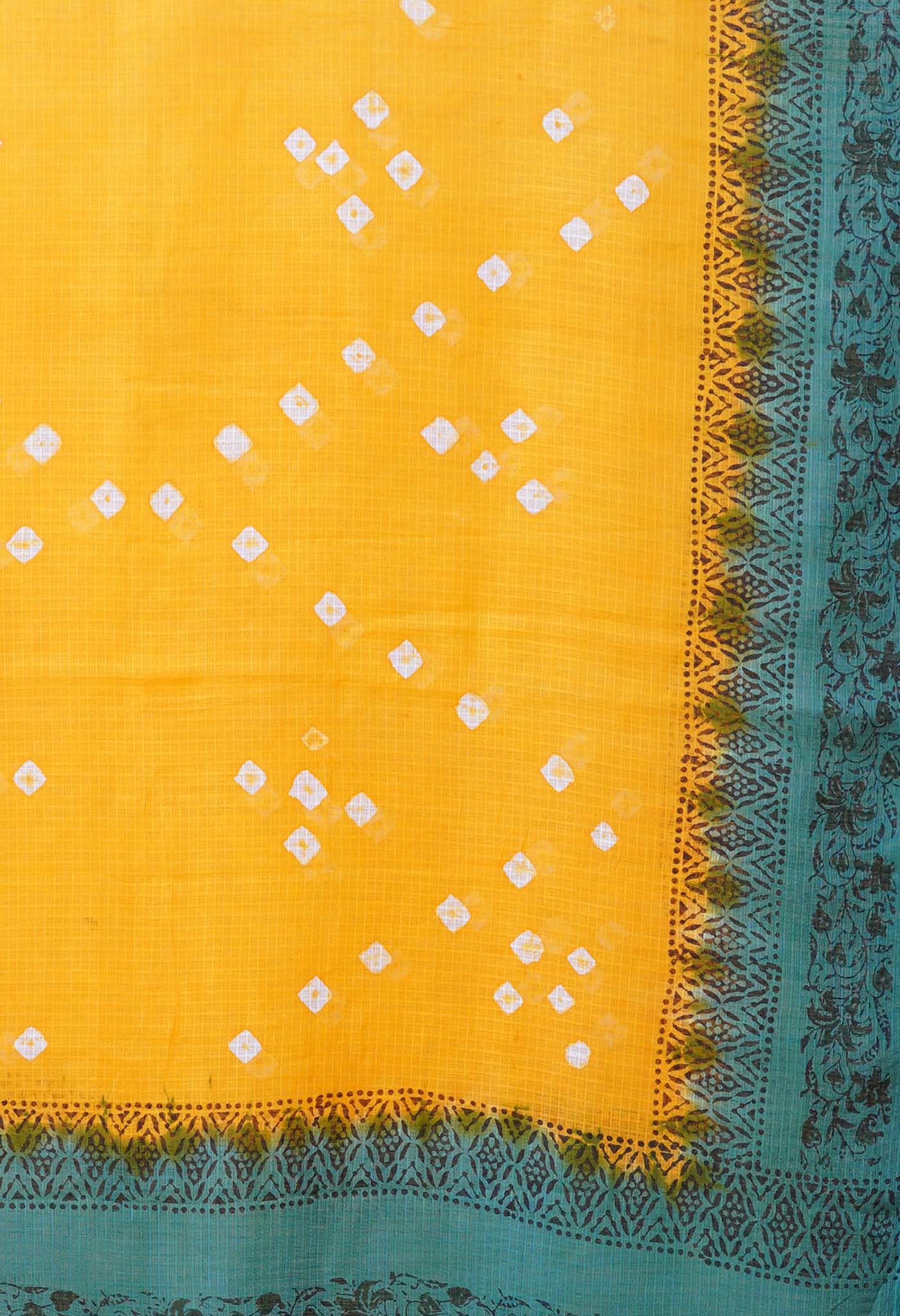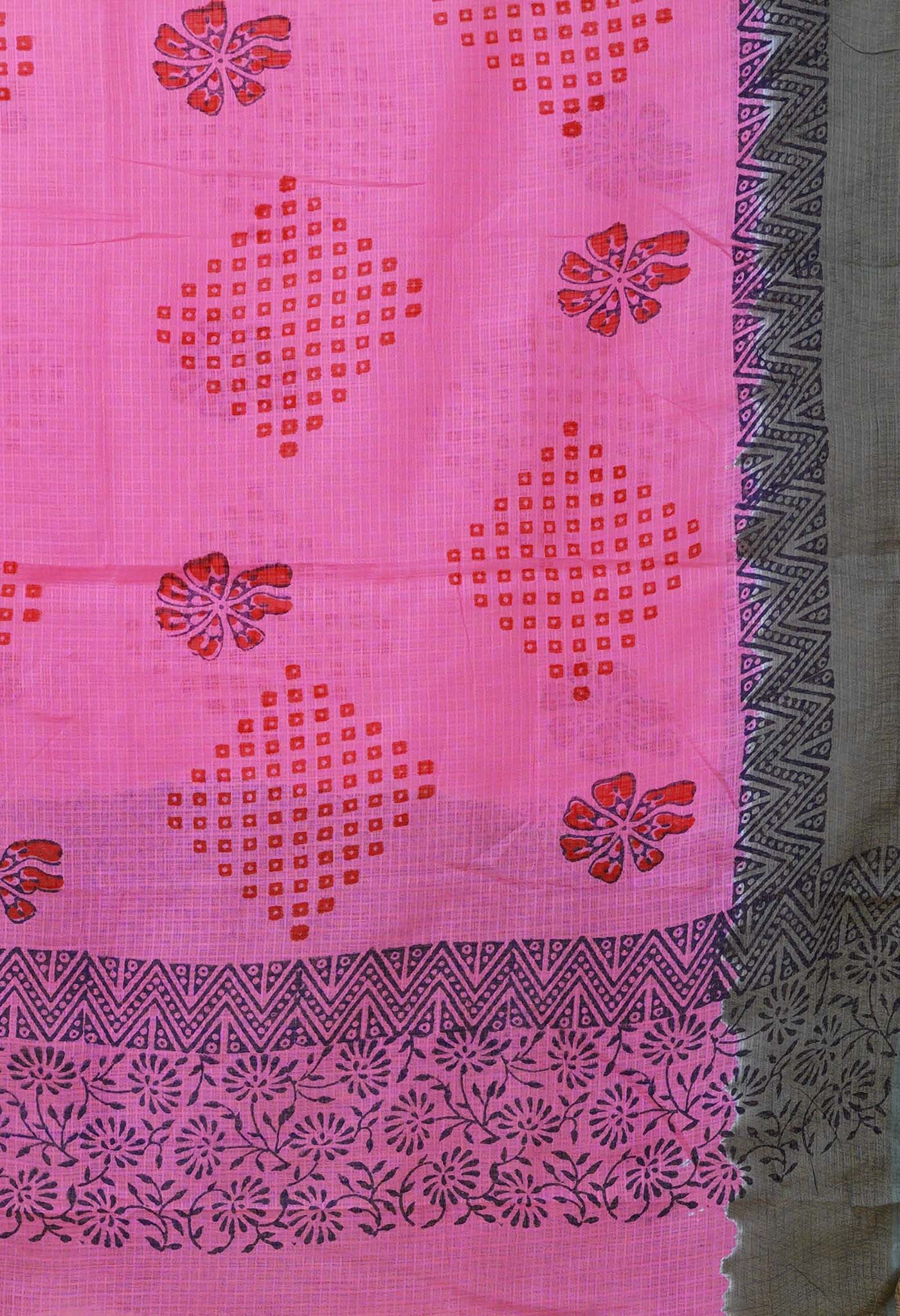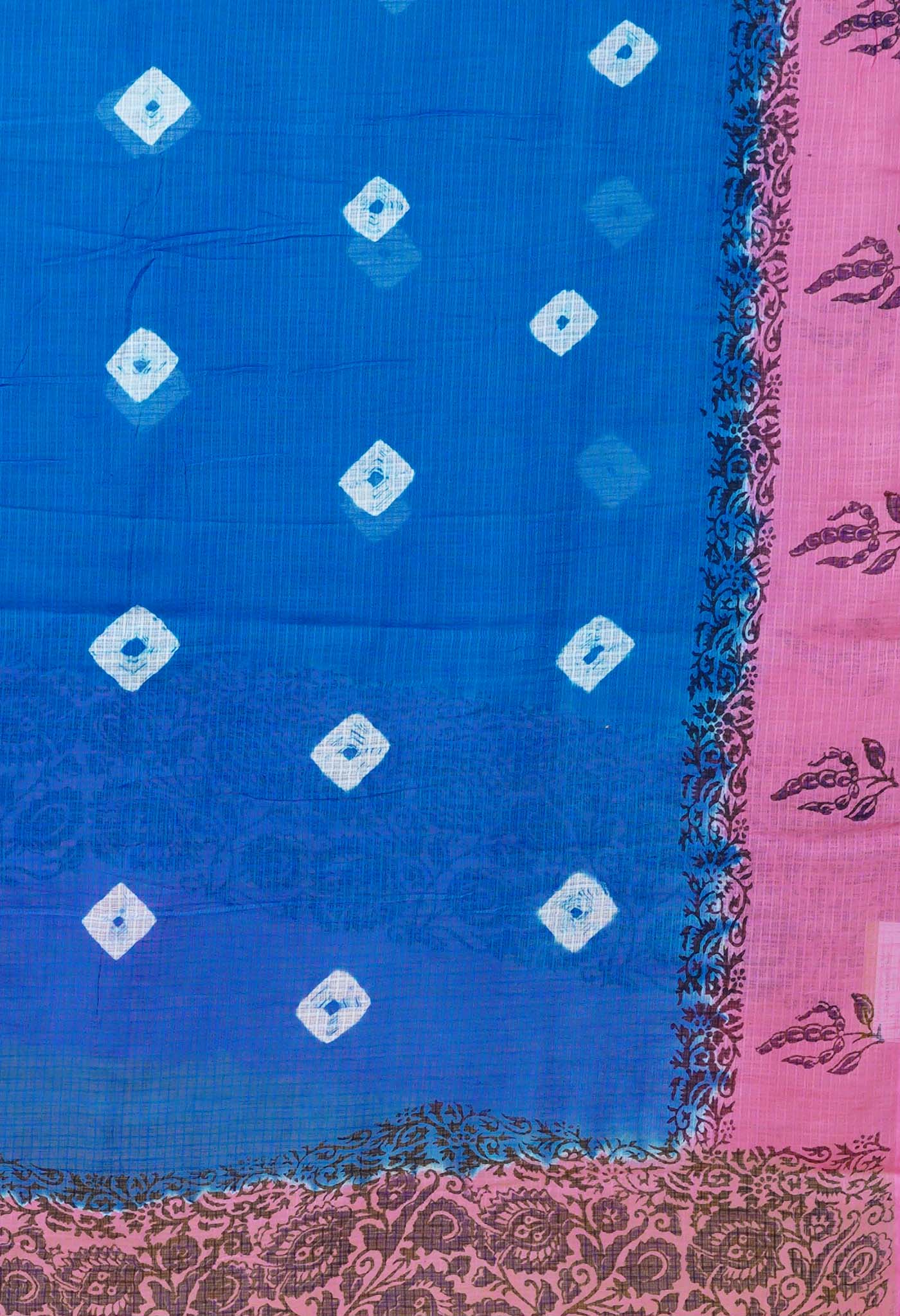Article: Budget 2018 -2019 – Handloom Sector is in for a rude shock?

Budget 2018 -2019 – Handloom Sector is in for a rude shock?
Every year close to the announcement of the Budget for the following year, India is always agog with excitement about what could be in store for it. Individuals from every class of society, small and large firms, corporates, are curious to know how the budget would be affecting their day to day lives in terms of increase or decrease in the existing rates of various class of items, the new rates and changes in manner of taxation, and other associated data like relaxations, introduction of schemes for a certain class or sector etc. In other words, would life get easier or tougher to manage till the next budget?

In today’s times it has become more than mere curiosity. Wishful thinking has been replaced by vocal demands from every corner of society to have its glaring or otherwise, issues to be addressed in the approaching budget and representations are made in advance of a month, sometimes even earlier. Every representation is made through avenues like sitting ministers, elected representatives, industrial forums, even picked up by print and electronic media and given prominence in its various channels of dissemination. Sometimes political mileage becomes a major consideration when there are elections nearby in the States or the Centre, for certain provisions to be made out of the way in the Budget.
The Handloom sector, which is second only to agriculture in terms of employment generation and with significant numbers of the human element in its activities, like any other sector or class of industry, has its expectations and aspirations. Long acknowledged since historical times, as guardians of traditional excellence in weaving and allied activities and recognized as a significant contributor to the nation’s textile industry and economy, this neglected and beleaguered sector has always been sustained on hopes than substance and delivery. This time around too, it has its pile of woes that it hopes to have addressed and naturally the expectation of better times ahead.

The Budget allocations for Handlooms in a nutshell
Compared to last year’s Rs.604 crore in the budget to Rs.386.09 crore in the recently announced 2018-19 one, it spells a doom to an already ailing industry. In fact it is the lowest in the history of budget allocations to this sector so far.
The maximum chunk of the allocation in the upcoming fiscal went to the National handloom development programme at Rs137.37 crore and yarn supply scheme getting Rs 150 crore.
Other beneficiaries are Textile infrastructure getting Rs2222.81 crore that stood Rs291.37 crore above that in fiscal 2017-2018, Research and capacity building getting Rs 252.09 against Rs 150.20 in the current fiscal. Most of the research and capacity building fund has been dedicated to areas like export promotion studies, National Institute of Fashion Technology (NIFT), Grants to AEPC (Apparel Export Promotion Council) Technology Mission on cotton and knitwear.
The North East Textile Promotion Scheme gets Rs 7068.36 in the upcoming fiscal.

Unnati Silks’ take on the budget 2018-19 for handlooms
Unnati Silks has been with handlooms since 1980, and its core strength is the long term and deep understanding about the weavers from all corners of India. A mutually beneficial association with weavers at all corners of India, it is business with a social cause that spurs its engaging discourse in handlooms despite the hardly ever thick but mostly thin situations that prevail in this hugely talented yet mostly neglected sector of the textile industry that does India proud but is hardly rewarded for its toil.
What has Mr.Devender Ladha, CEO and pioneer of Unnati Silks to say about the so very recently announced budget?
“For a sector that contributes handsomely both in fashion and exports, as well as being a significant area of employment potential and part of the second largest area of employment after the agricultural sector, i.e. the textile industry, the slash in the allocation for handlooms in budget 2018-19 is a major dampener of sorts”.
“When already on the one hand you have a dedicated work force reeling under the effects of GST and demonetisation, trying to cope up with its basic livelihood and burdened with doubt and helplessness, this slash of 36 % from Rs.604 crore in the previous budget to Rs.386.09 crore in this one, it not only casts gloom over the weavers and artisans who have upheld traditional craftsmanship over centuries through generation after generation, but also spells doom for an already ailing industry. In fact it is the lowest in the history of budget allocations to this sector so far”.

He continues with “Cast your eyes on a domestic industry where women are considered the backbone and major contributors to the huge workforce across India.Women empowerment is one of the one of the major focal points of the present govt. as per their manifesto and there are continuing statements uttered in the same breath since.
Yet this sector that is the only one of its kind in numbers, that has a majority of women across the country engaged in it, being the family earners or bread-winners, such abnormal allocations affect a large percentage of women and their families adversely and sometimes makes life come to a standstill. Is it not unjust and unfair to the class that you wish to empower”?
Elaborating the same he says “Handloom is a labour-intensive sector and it would be a wonderful opportunity to emphasise as a potential area to encourage the Make in India effort, especially with women being at the crux of this vast body of devoted but unorganized labour. Yet it has always received step motherly treatment in allocations year on year. In fact the textile industry that provides employment to nearly one crore gets a paltry 700 plus crore to its name. Is there no responsibility and thought process from the Govt. when it contributes so much by way of fashion & exports and upholds a nation’s heritage”?
“The Cost of living has increased tremendously in the last fifteen years year by year, and more so in the last couple of years. Helped massively by inflation and a failure to regulate to food prices, with no corresponding increase in the weaver’s earnings, it has been one of the main reasons for Debt burden on individual handloom weavers increasing more and more”.
 Other reactions to the Budget
Other reactions to the Budget
According to the president of Chetna Society, a non-governmental organisation, "Handloom sector budget is reduced drastically, by 36%, across all schemes. With rising cost of production, unfair competition, and subsidies to rival sectors, handloom sector is being killed deliberately. Huge cuts in yarn supply scheme allocations is bound to have its impact. This impact would be double when one considers the rising costs of raw material, mostly yarn (silk, cotton, wool and other natural fibres), due to inflation, GST and fossil fuel prices”.
“Traditional sources and institutional mechanisms especially like NABARD (National Bank for Agriculture and Rural Development), that has been the only comparatively cheap source of finances for handloom sector has drastically reduced its exposure. Naturally it forced handloom weavers to find 'expensive', private sources of finances, to deal with their life and livelihood" said he.
There are others also who have commented variously.
- “The current system enforces tight norms of cash withdrawals which have robbed them of any non-government, private money lender support as well. With losses and mounting debts, handloom weavers hoped that the government would announce relief and enable some direct cash transfers. But that is yet to come”.
- “BJP promised to strategically develop labour-intensive manufacturing. Per capita spending of the government on handloom sector, a labour intensive textile manufacturing sector spread all over India, does not exceed Rs 500”.
- “Till date we have had many governments acknowledging that handloom is labour-intensive, has unfair comparisons made by taking production figures alone of the power loom sector, yet no separate provisions have been made towards separating the handloom sector and allocating funds according to the needs and contribution made by this immensely talented mass of workers”.

What ails the handloom industry today?
- Farmer suicides grab headlines every now and then, but suicides within the weaving community hardly get noticed. No wonder there has been no national outcry for the deaths in the last twenty years or so, that begged attention but never got discussed or debated even in prime time coverage on TV. Figures like 615 suicides in the handloom sector from 1997 to 2010 in Andhra Pradesh, 50 deaths in Varanasi in the last three years are not reported timely and get swept aside as matter of fact deaths or uninteresting news by the media.
- Budget allocation for the handloom sector is as part of that allocated for the Textile industry as a whole. Sometimes, the apportioning assumes a hazy hue and the sector most times does not get its rightful share. The budget allocation for 2017-18 was Rs. 604 crore compared to the Rs.710 crore for 2016-17 which came as a shocker. How could the anomaly occur when it was obvious that with the certainty of GST being implemented in July 2017, immediately after the demonetisation exercise of November 2016, prices already on the rise were increasing further? The sector immediately went into doldrums with thousands of weavers getting affected and seeking alternative avenues to just eke out a livelihood since welfare schemes, housing, subsidies, health insurance, and other sops were simply dropped or slowed down. It made life difficult for the poor weavers to keep up with their limited resources.
- Hank yarn, the crucial raw material for the handloom sector, has had a regularly increasingprice in recent years accompanied by irregular availability and sometimes much below the desired quantity. At the same time weavers have also been hit by the non-availability of many chemicals needed for dyeing or coloring of the yarn.
- The sufficient availability of hank yarn to the Handloom sector was to be protected through the strict implementation of the Handloom(reservation of Articles for Production)Act 1985. Though it is on paper, it does not have teeth, since the power loom sector has regularly been violating the provisions of the Act, yet conviction for such offence is unbelievably low (.001 %). How can this sector survive with such rampant injustice prevalent?

- Similarly from cotton to silk fabrics there are 11 items which find a mention under the Act. These are to be exclusively for the handloom sector to produce. But here too the power loom sector transgresses and produces them. This badly affects the livelihood of the handloom weavers since they lose out on the speed of production and more essentially, the market for these items.
- Digital India stresses on the uses of computer aided techniques and the skills needed for them. The handloom sector that has a sizeable number of women and those in the poorer class of society cannot match this since neither do they have the infrastructure nor the financial means to cope up with this major disadvantage.
- For a sector that comprises a vast majority of the hardly to the educated only in elementary basics, it is an uphill task when it comes to meeting the competition from the urban-based power loom industry. The knowledge of trending tastes, marketing, complying with statutory requirements, arranging finance for their needs etc. are things they would gladly like to be helped with, by the govt., but have just not received the attention they need, that could encourage them to do better in their vocation and life.
The big hurdle called GST
GST, while it has affected many across India adversely, the handloom sector has been badly hit with its implementation.
The following affect the weaving community badly.
a) For a class that paid no tax the handloom weaver now has to pay GST for the yarn that he procures, color dyes that he uses, print jobs that he gets done, and a host of other things that involves materials or processes for the making of a handloom fabric from start to finish. Naturally the cost of the finished product would have to be increased.
b) GST compliance through form filling and accompanying procedures for a community with most having very elementary education and low awareness, it tantamount to a nightmare. Professionals engaged to help cost.
c) Even the average handloom weaver would not be knowing much about input credit (the procedure and availing the refund), and being part of the composition scheme if he wishes to sell beyond his state and the possible impediments in opting for it. This puts curbs on his effective market and his pricing automatically.
d) Repeated GST on yarn, dyes, chemical, as well as the product again ends in a compromised selling price for the product which leaves the weavers with extremely low benefits.
There are other small and big inconveniences which affect the weaver’s finances directly or indirectly.
So had the Budget 2018 expectations from the handloom sector been?
Besides those within the handloom sector, people in the fashion industry, handloom lovers and sympathisers from the common public, even MPs and MLAs, were all seized of the matter that the handloom sector is doing badly because of the above miseries that the handloom weavers are faced with. There are many opinions and some have even advocated representations for their woes.
- A BJP MLA vowed to take up the case of Himachal Pradesh women weavers, who are majorly women. The rising prices of raw materials and the finished goods as well has affected their lives badly. He feels that if something were not done soon by the govt. then handloom weaving could end up to become a thing of the past.
- The CPI leader, Mr.Raja, had said he would represent the case of GST adversely impacting the lives of the Tamil Nadu weaving community. He has a good idea about the reputation of Tamil Nadu handlooms and would like to have the government address this problem for handlooms as a whole.
- Incidentally, imposition of GST on handloom, most feel, is ill-conceived, because the estimated tax base is very low – a mere 1.2 per cent. This could easily be highlighted through representations as a valid reason for asking for its removal.
- The textile industry asked for a buffer stock of items that are trading below the Minimum Support Price. E.g. Currently the MSPs of Medium Staple of cotton is Rs 4,020 per quintal and Long Staple of Cotton is Rs 4,320 per quintal.
- Representatives of the handloom sector urged the government to set up a parliamentary standing committee to review the rights and welfare schemes for weavers and have also requested the 15th Finance Commission and NITI AAYOG to address the financial crisis in the sector.
- Representatives have also demanded besides the non-imposition of GST on the handloom sector, the government should issue white paper on the budgetary allocation and while executing programmes for handloom weavers.
Budget 2018 is upon us now. It washighly expected that the anomaly of lowering the budget like the last year shall not happen. Instead recognizing the need for a boost in mood and morale of the sector, the budgetary allocation will increase once again to provide the much needed booster shot-in-the-arm to at least bring back smiles on the worn and tired faces of the handloom sector, was anticipated.
So does the 36 % slash justify in any way, the tremendous change that is most likely to take place in the lives of the weaving class and its allied craftsmen, where the likelihood of many more shutting shop, seeking fresh pastures, doing drastic things assumes dimensions of despair and despondency that seem inevitable.

The expectations of the handloom class are like everybody else. The problems faced are known and on the table. Change from sympathy to empathy, alone can help quite a bit for handlooms to look forward to a brighter future. All that one can now hope for is a rollback or some miraculous measure shortly that shall for the moment prevent a downslide that seems to gather momentum year after year.

